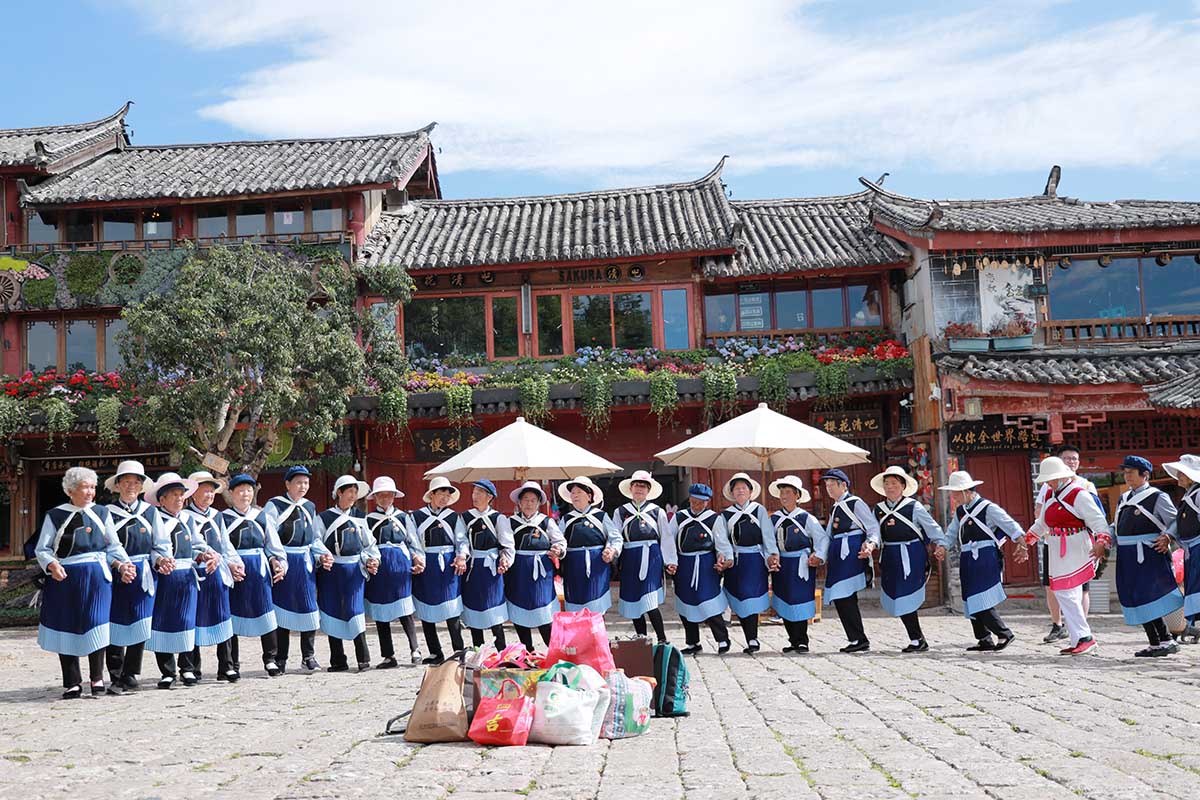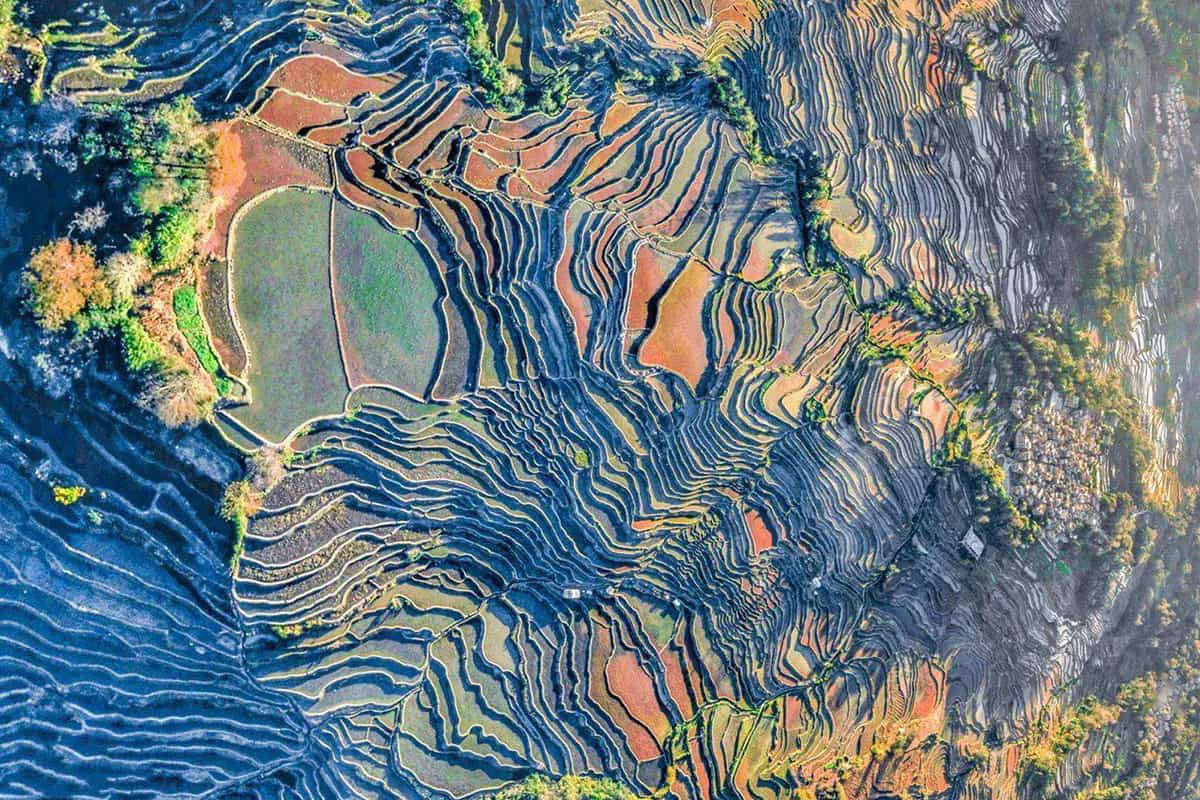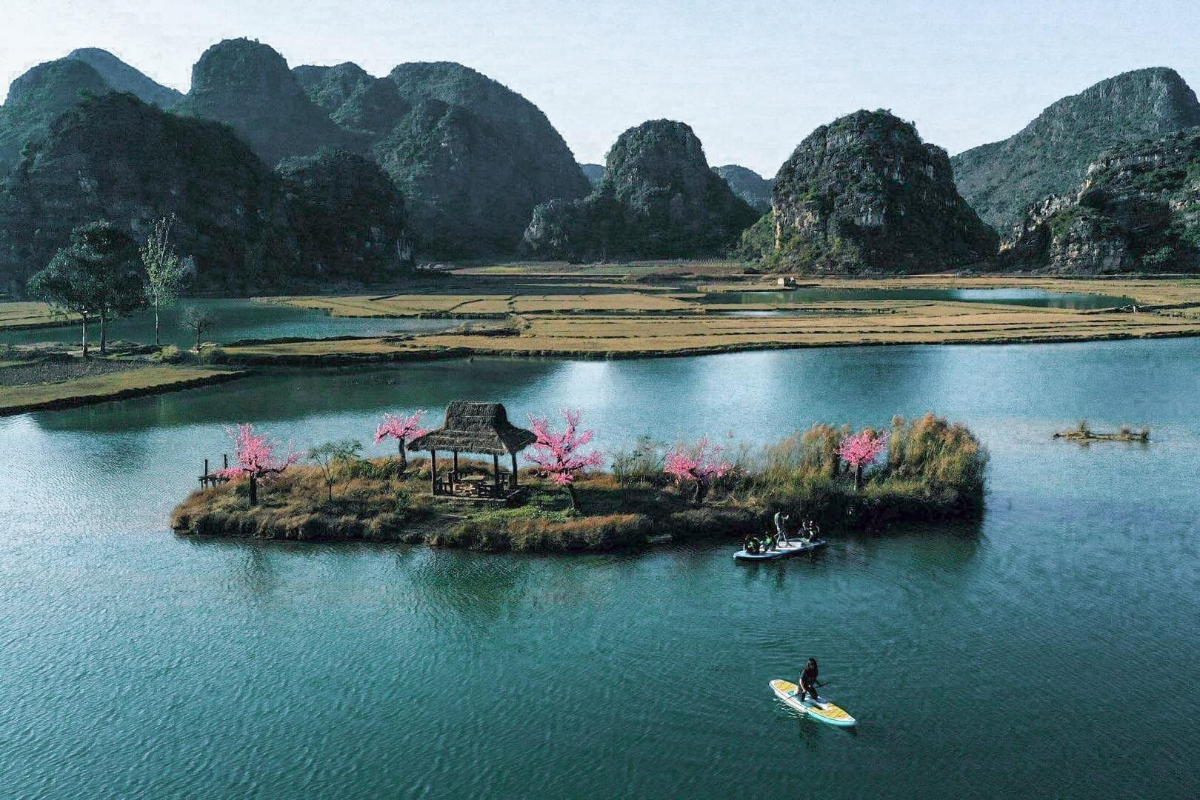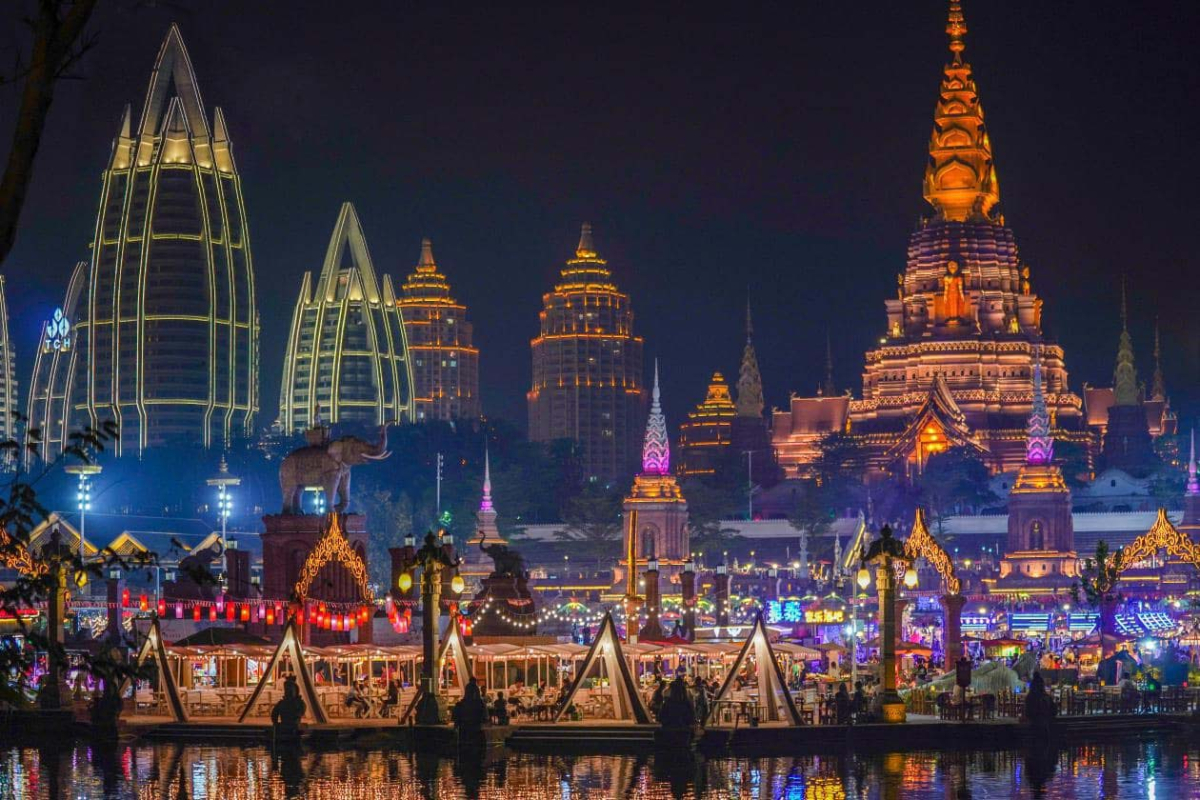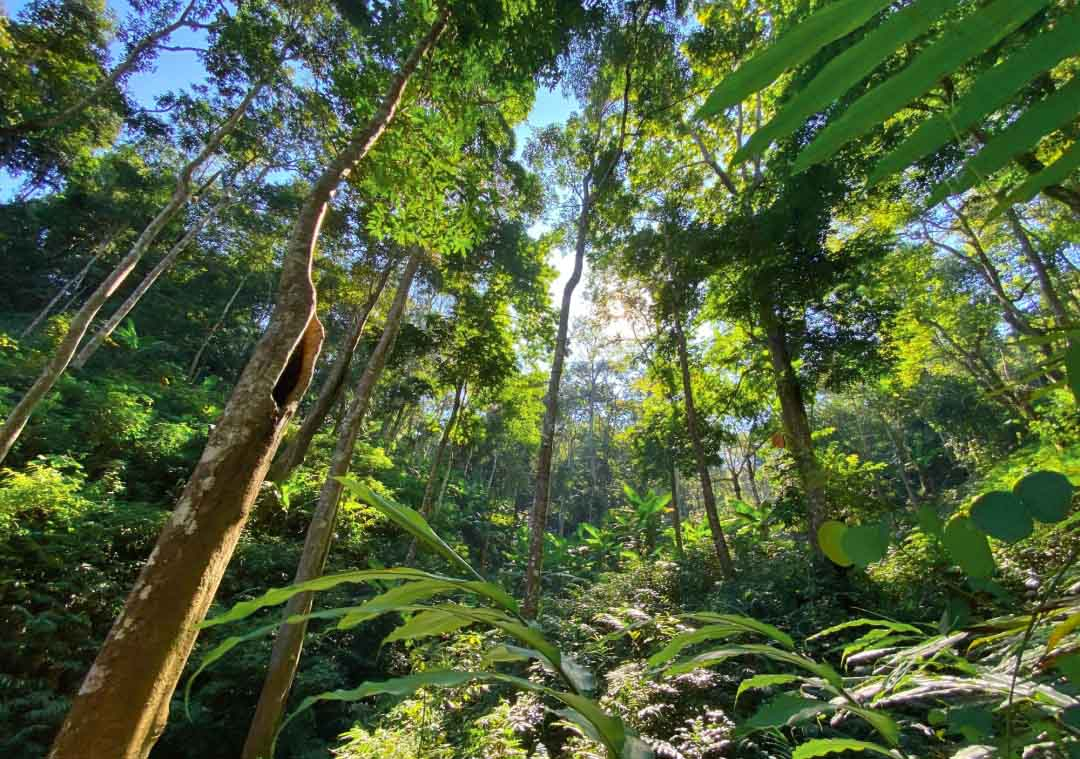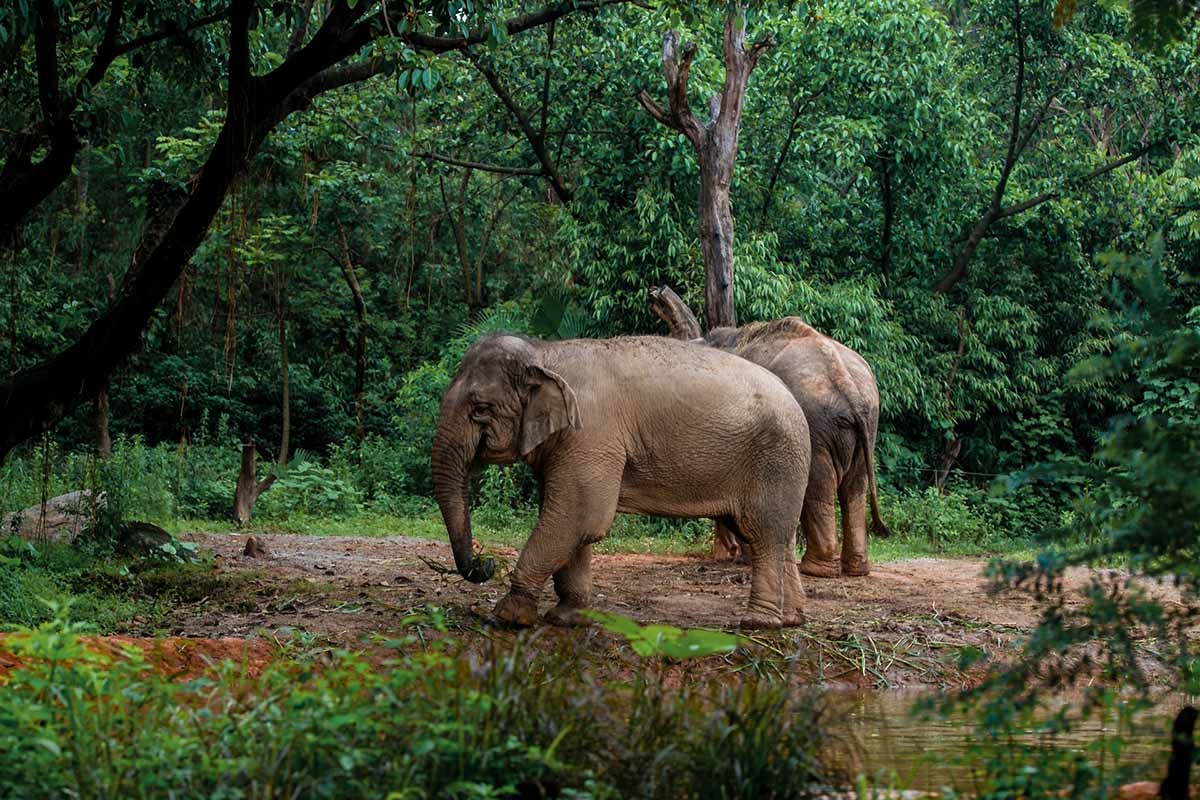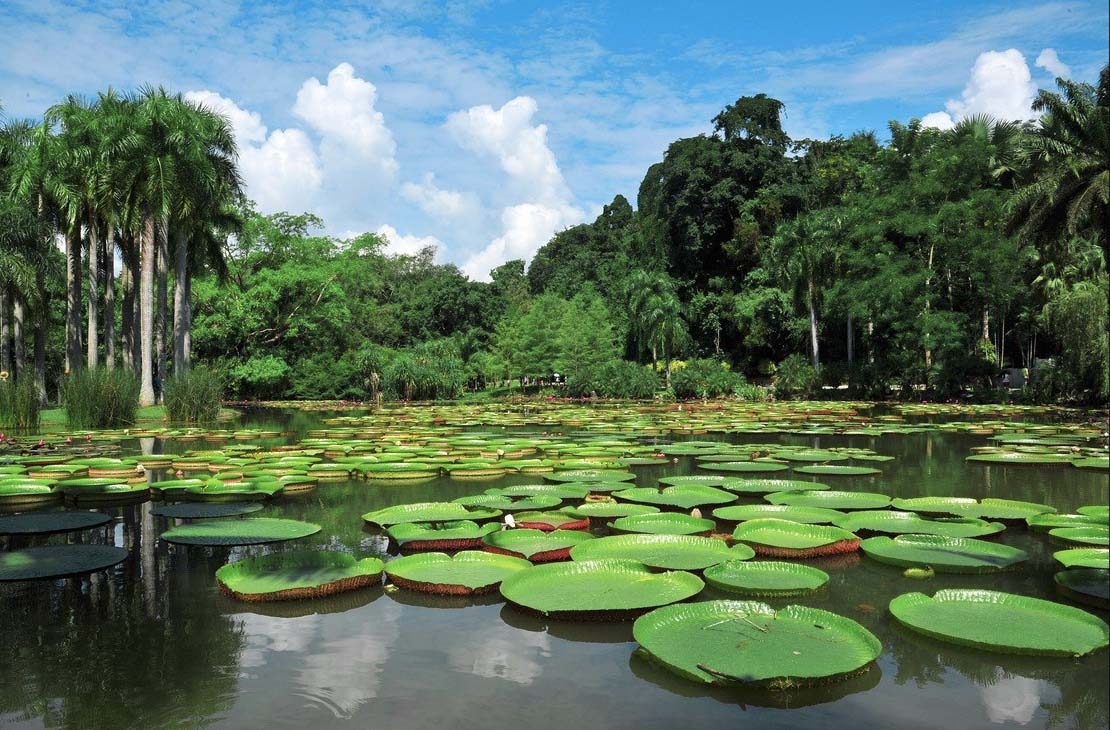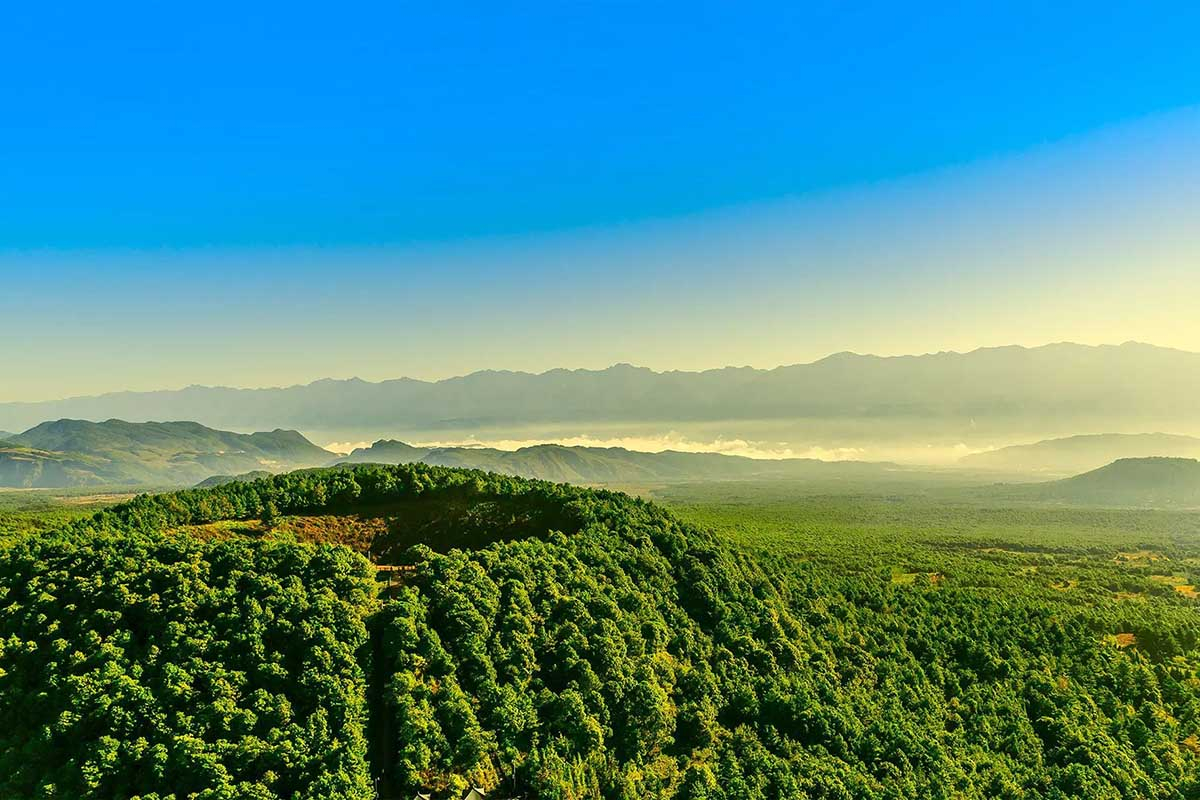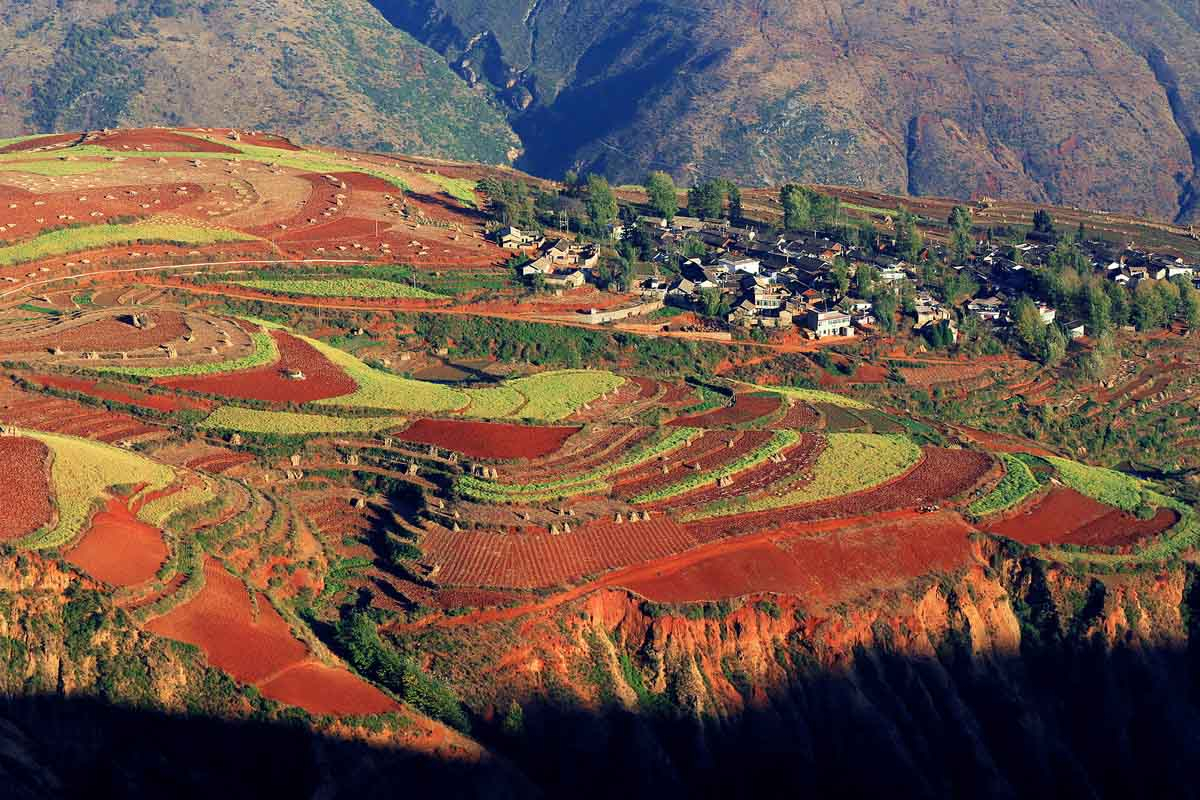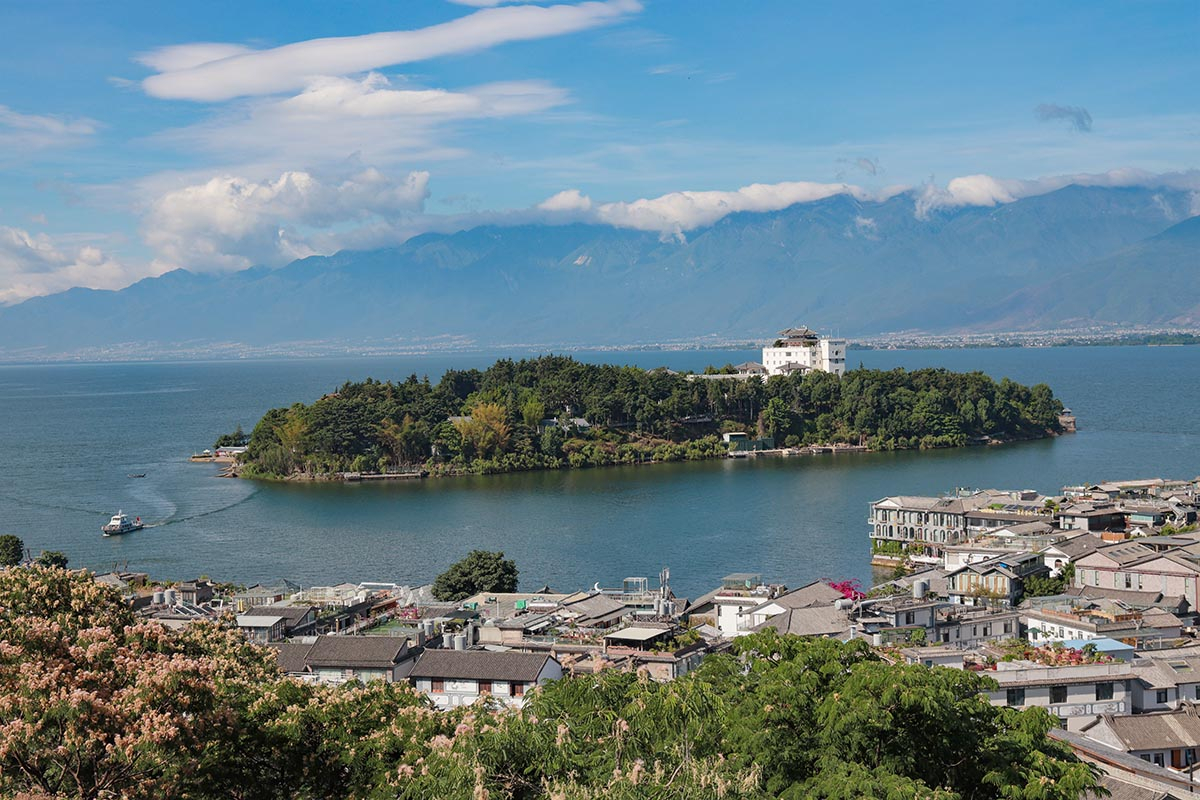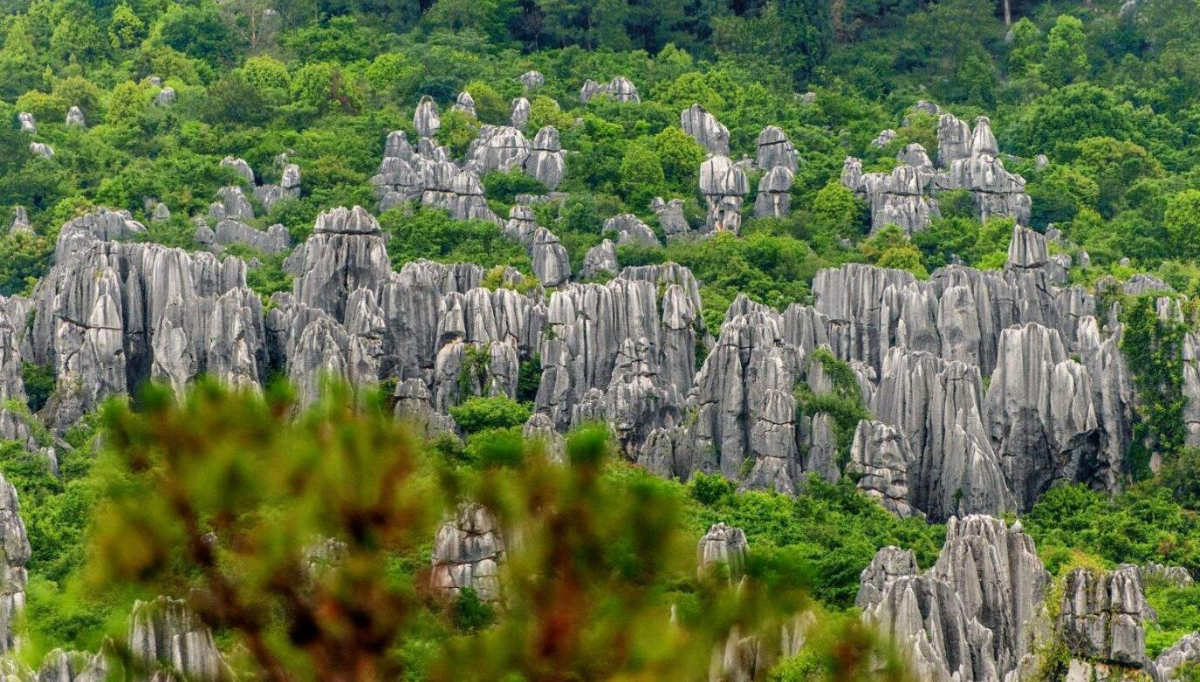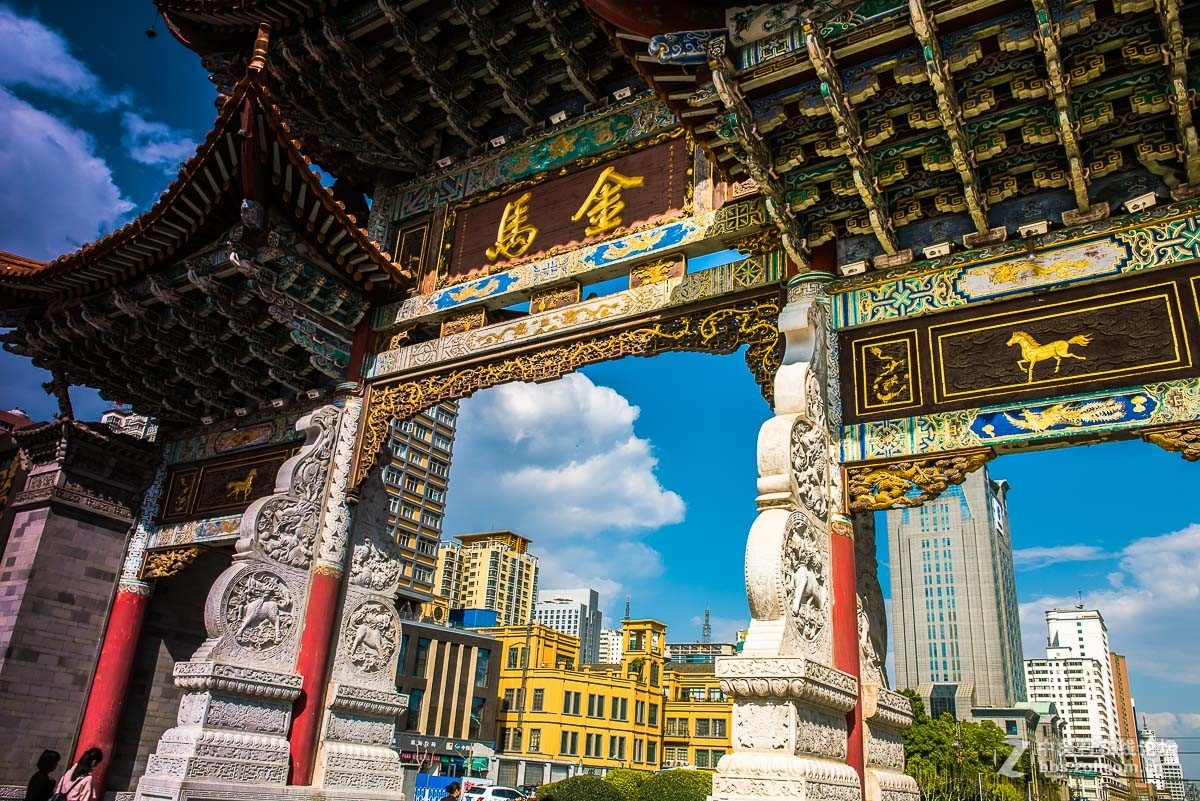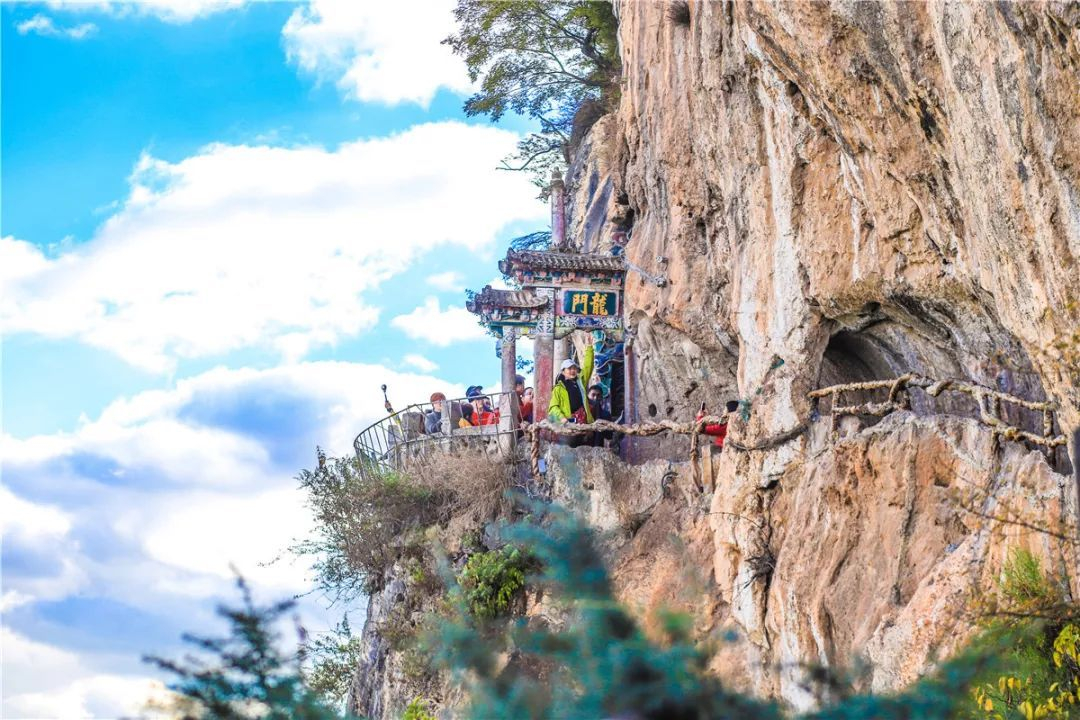Lijiang Old Town
Lijiang Old Town
Chinese name: 丽江古城 (Li Jiang Gu Cheng)
Location: Lijiang, Yunnan Province..
Ticket: Entrance ticket Free, Mu’s Residence CNY60.00, Wangu Tower CNY40.00
Estimated tour time: half day
Recommended to visit: Whole year
Nearby attractions: Shuhe Ancient Town, Baisha Ancient Town, Jade Dragon Snow Mountain, Lashi Lake, Blue Moon Valley
Old Town of Lijiang, also called Dayan Old Town, located in the Yunnan-Guizhou Plateau. At an altitude of 2,416 meters, the city covers an area of 3.8 square kilometers,it's the most preserved and most Naxi-style ancient town in China. It is locatedis a well-preserved ancient town for Naxi ethnic group. Old Town of Lijiang was built in the late Song Dynasty (late 13th century AD),it is a national historical and cultural city. In December 1997, it was included in the “World Cultural Heritage” list by the UNESCO World Heritage Committee, including Dayan Old Town, Shuhe Old Town and Baisha Old Town. It is one of the four best-preserved ancient cities in China, along with Langzhong Ancient Town in Sichuan, Pingyao Ancient City in Shanxi and Shexian Ancient Town in Anhui.
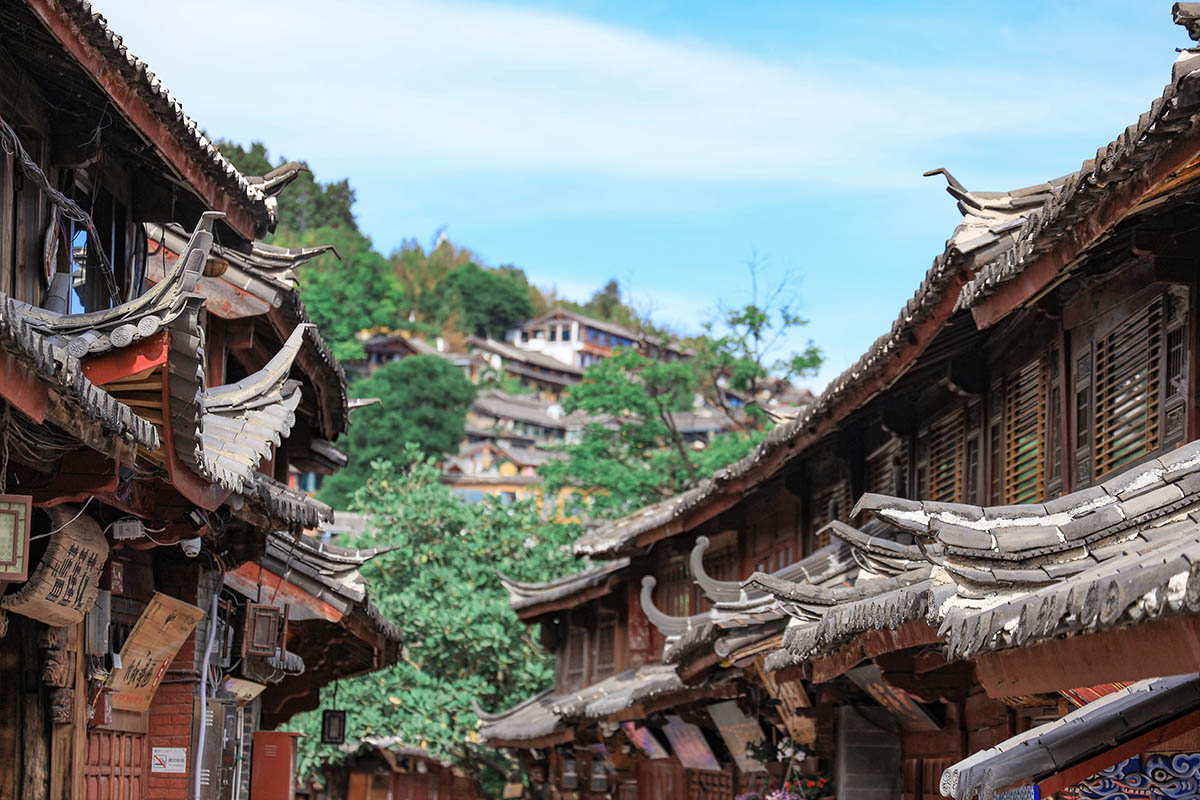
The houses in the Lijiang Ancient Town are all traditional buildings with carved beams and painted rafters. Through the town runs Jade River, across which there are 354 bridges, linking streets and lanes. Many were built during the 14th to the early 20th centuries. These bridges are densely scattered with a variety styles and features, adding beauty to the old town.The old streets are the network of the old town, flowing water is the blood, the bars and shops are the temperament and the Naxi folk customs are culture are the soul of Lijiang Old Town. You can not only explore the amazing ancient town with hundred years’ history, but also experience the spirit and feel romantic, relaxing charm of the town without city walls.Thus, it has gained a beautiful name "Suzhou in Highland" and "Eastern Venice".
● Highlights of Lijiang Ancient Town
Square Street
Sifang Jie, named Square Street in English, is the center square of the Lijiang Ancient City. Because the shape of the square seems to be a seal of the ancient government, it was named “Square Street”.
The 6-acre-wide Sifang Street is the heart of Lijiang Ancient Town. It was a commodity trading places in ancient China. Built in the early Yuan Dynasty (1271-1368), it has more than 800 years of history. The street features harmony multicultural images because it has several ethnic groups in the region, including the Bai, Nakhi and Tibetans. The narrow street boasts dozens of restaurants on both sides and almost each one features the local snack of the province -- Yunnan rice noodles.
The Square Street is lined with numerous stores. Four main streets radiates from Square Street and extending to the four different directions. Countless lanes extending in all directions form a network and connect every corner of the town. The street is paved with colorful stones, flat and clean. The massive and finegrained stones add as sense of antiquity and mystery to the Old Town.
Mu Palace
The palace where the Mu Clan of the Naxi people ruled for over 400 years. It is a large complex that extends part way up the hill behind it. There used to be a lot of high quality paintings in the palace and finely carved wooden doors, but most were destroyed during the Cultural Revolution. At the back hill of the Mu's Palace is the 'Lion Hill Scenic Area', At the top is a Daoist temple, with a few Daoists ready to give fortunes to visitors for a donation.
Wangu Tower
Wangu Tower is located on the top of Lion Hill and belongs to the back hill of Mu’s Residence. The tower itself is at 33-meter high and has five floors. Standing on the top the tower, you can have panoramic view of the whole Lijiang Old Town and rivers to the east, the new town of Lijiang to the west and the Jade Dragon Snow Mountain range to the north and Naxi villages and farmland to the south. The structures and design of the tower are worth your attention. You can observe them carefully and appreciate the artworks of Wangu Tower.
- HOTEST
- RECOMMEND
